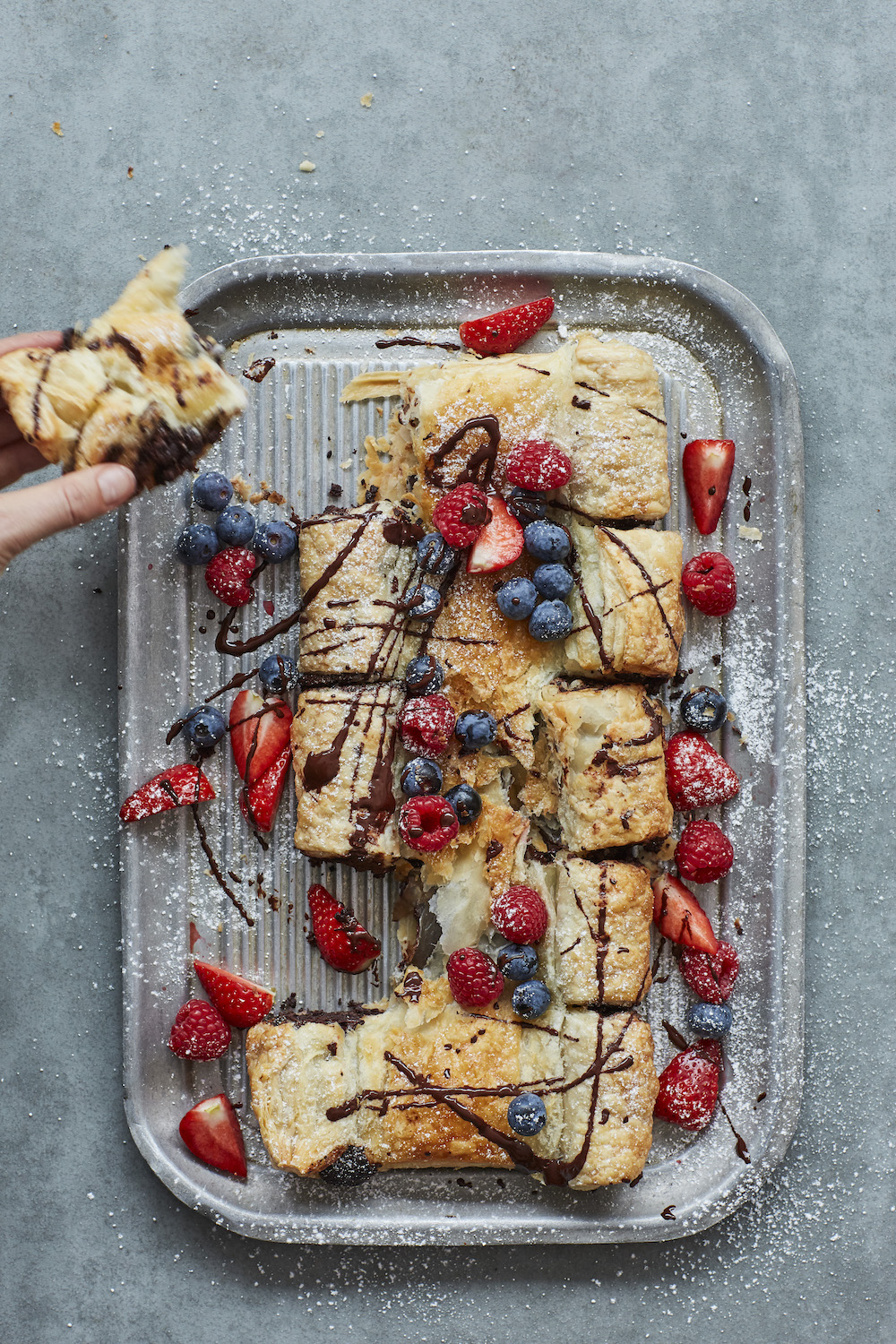This American soul food sounds like a simple proposition: a yeast-free loaf rustled up in half an hour to sponge up the juices from a gumbo or turn a bowlful of beans into a filling supper. But, like all cherished national dishes, cornbread stirs up strong feelings among those who grew up on it. No two recipes are alike.
First, the cornmeal: white* in the south, yellow in the north, and sometimes cut with wheat flour for a lighter, cake-like texture – a sacrilege to lovers of crumbly pure-corn coarseness. Second, the liquid: eggs are non- negotiable, but do you stir in milk, buttermilk or sour cream?** Most contentious is the issue of sweetness. North Americans tend to include honey, while southerners like it savoury, often adding onions, corn kernels or chillies.
In Britain we know cornmeal by its Italian name, and while ‘polenta’ is generally finer than the US version, it still combines beautifully with buttermilk to make a spongy ‘cornbread-lite’. But authentically gritty bread requires authentic corn – the indigenous grain native Americans lived on for millennia – so, just like our own real-bread aficionados, American foodies seek out stoneground meal.
Grittily artisan or fluffily fine-grained, the best thing about cornbread is the crust that contrasts so moreishly with its soft centre. It comes from being cooked in a smoking-hot skillet moistened with bacon fat or butter before the batter is poured in. Baked in the oven until firm, it wants to be eaten warm, although any leftovers will surely come in handy. Cornbread dressing (that’s ‘stuffing’ on this side of the pond), is a side dish that no Thanksgiving turkey should be without.
TUCK IN: You can buy stoneground heirloom cornmeal from Anson Mills in South Carolina, which ships to the UK if you fancy making your own (ansonmills.com).
*different varieties of corn produce white, yellow and even blue grains.
** used to enrich the soufflé-style variation known as spoonbread.
This feature was published in issue 41 (November 2015)





































